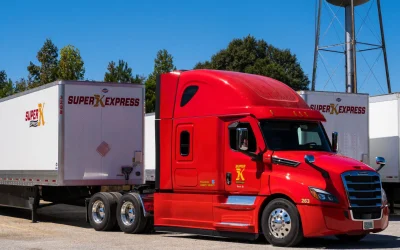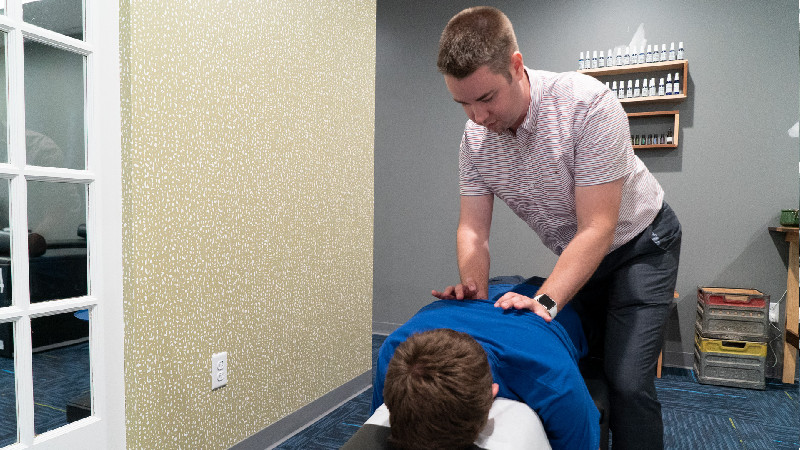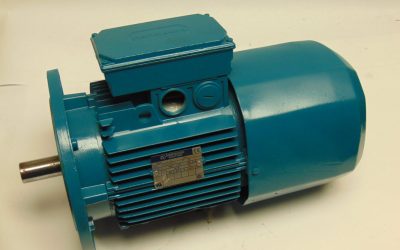Choosing the right component for any hardware replacement or addition to a system is important. When looking at the different options in the 1553 bus models, carefully consideration to current as well as future needs of the system will be an essential issue in any decision.
As with any hardware component, there are different features with each of the 1553 bus options available. These differences can include issues such as the capability for redundancy, the use of various form factors, coupling and, of course, the addition of specific features that are unique.
The MIL-STD-1553
One of the most popular options in a 1553 bus is the MIL-STD-1553 or the Military Standard 1553 that has been approved and used by the United States Department of Defense. It is also now used and maintained by the Society of Automotive Engineers, and specifically the Aerospace branch of that organization.
There have been several revisions of this system, so far six in all, but the current standard ensures that the system is standard for use but also has the option to be customized based on the needs of a specific user from the standard.
There are several hardware components that are found in the standard, including cabling, stubbing, bus couplers, cable termination and connectors. In some cases, the specific hardware is not identified, such as with the connectors, but the standard provides minimum requirements for the component.
Features to Consider
With the 1553 bus reviewing the key features or performance issues for the hardware will be critical. The features required will be dependent on the type of test or simulation applications that the hardware will be used with.
Different companies offering the 1553 bus may also provide various options for use with drivers including Windows, Linux, Real-Time, LabVIEW and other common or less common operating systems used in particular industries and applications.
There are even some models of the 1553 bus that are able to support stand-alone operations. These connect directly to the host with a single USB connection and without the need for additional auxiliary power connections. Yet others offer “plug and play” drivers and can be used for legacy operations.
When considering a 1553 bus, don’t forget to check the SDK (Software Development Kit) and the tools offered through that system to ensure full integration and configuration with an existing simulation or testing system.


